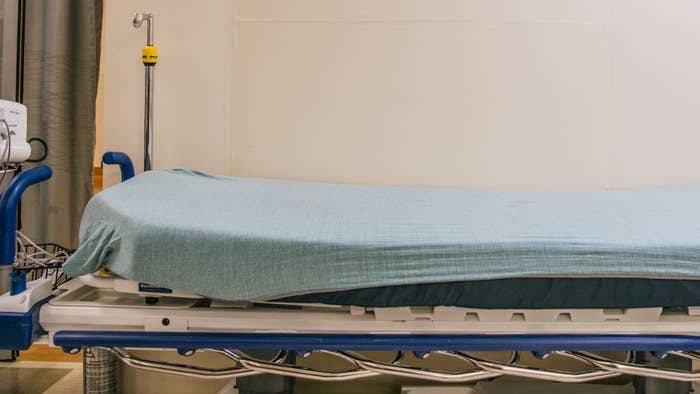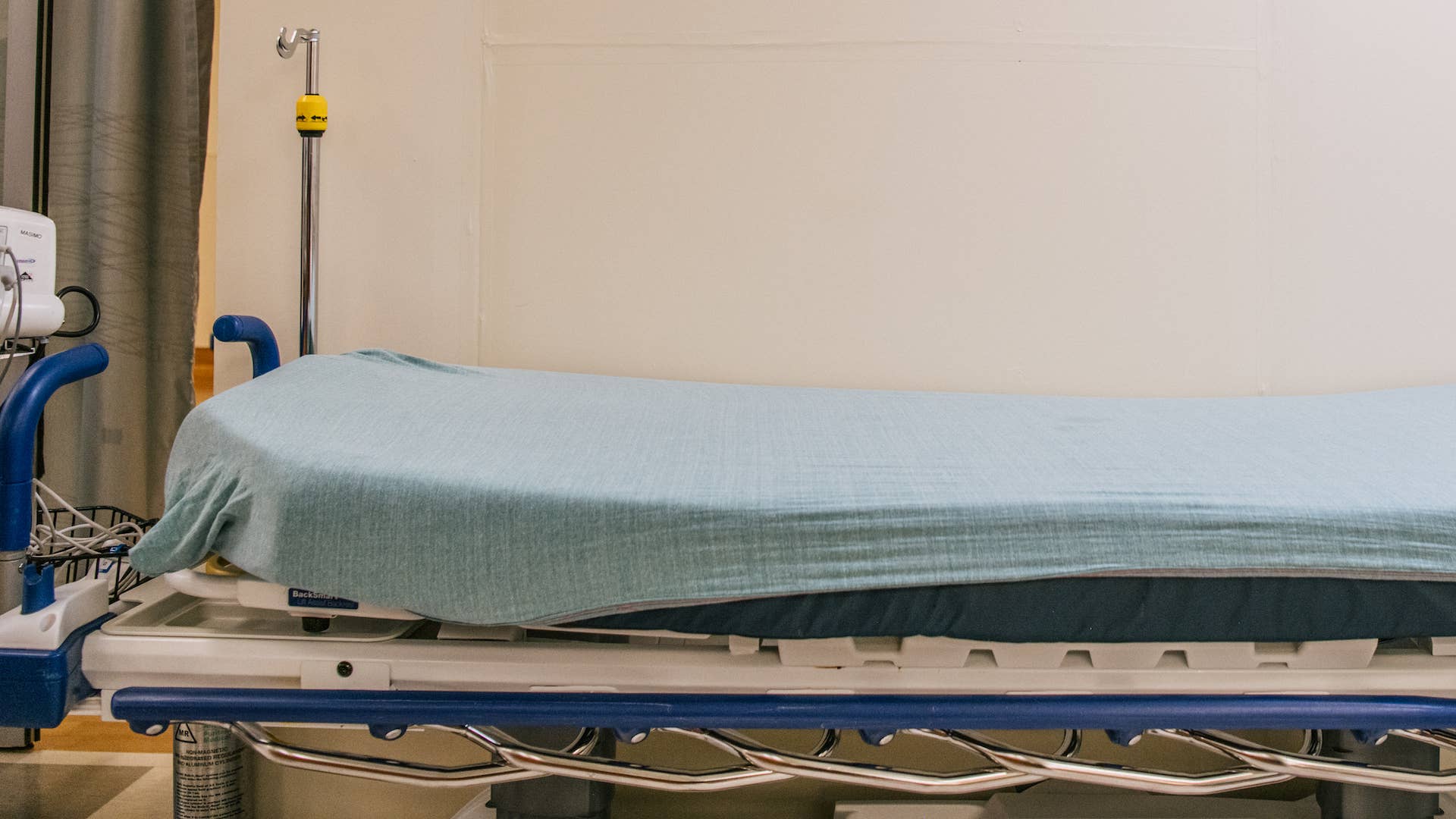
New findings published in the British Journal of Dermatology appear to shed some light on the mysterious chilblain-like lesions known as COVID toes, New York Timesreports.
The study suggests COVID toes may be the result of an immune system’s aggressive response to the virus, triggered by high levels of an antiviral protein known as Type 1 interferon, and a type of antibody that unintentionally attacks the body’s own cells. Researchers believe abnormal changes in the linings of blood vessels could also contribute to these lesions.
Early on, COVID toes became associated with other common symptoms, like shortness of breath and loss of smell, among those who contracted the virus, but physicians were left puzzled by the fact that these patients would typically end up with a negative test result. These cases were commonly seen in asymptomatic teenagers and young adults, who complained of painful burning or itching on the infected area, as well as swelling, blisters, and in some worst-case scenarios, some found it difficult to walk or wear shoes.
As alarming as the sight of COVID toes could appear, dermatologists believe these instances aren’t typically associated with severe cases of the virus since this is usually an indication of a person’s healthy immune response.
Dr. Veronique Bataille, consultant dermatologist and British Skin Foundation spokesperson, notes reports of COVID toes have declined since the rise of the Delta variant, but that could be attributed to people getting vaccinated or developing antibodies from a prior infection. While these particular lesions tend to clear out eventually, UK podiatrist Dr. Ivan Bristow tellsThe Guardian that this latest study will help lead to the development of treatments.
COVID toes can likely be treated with local or systemic anti-inflammatory agents.

